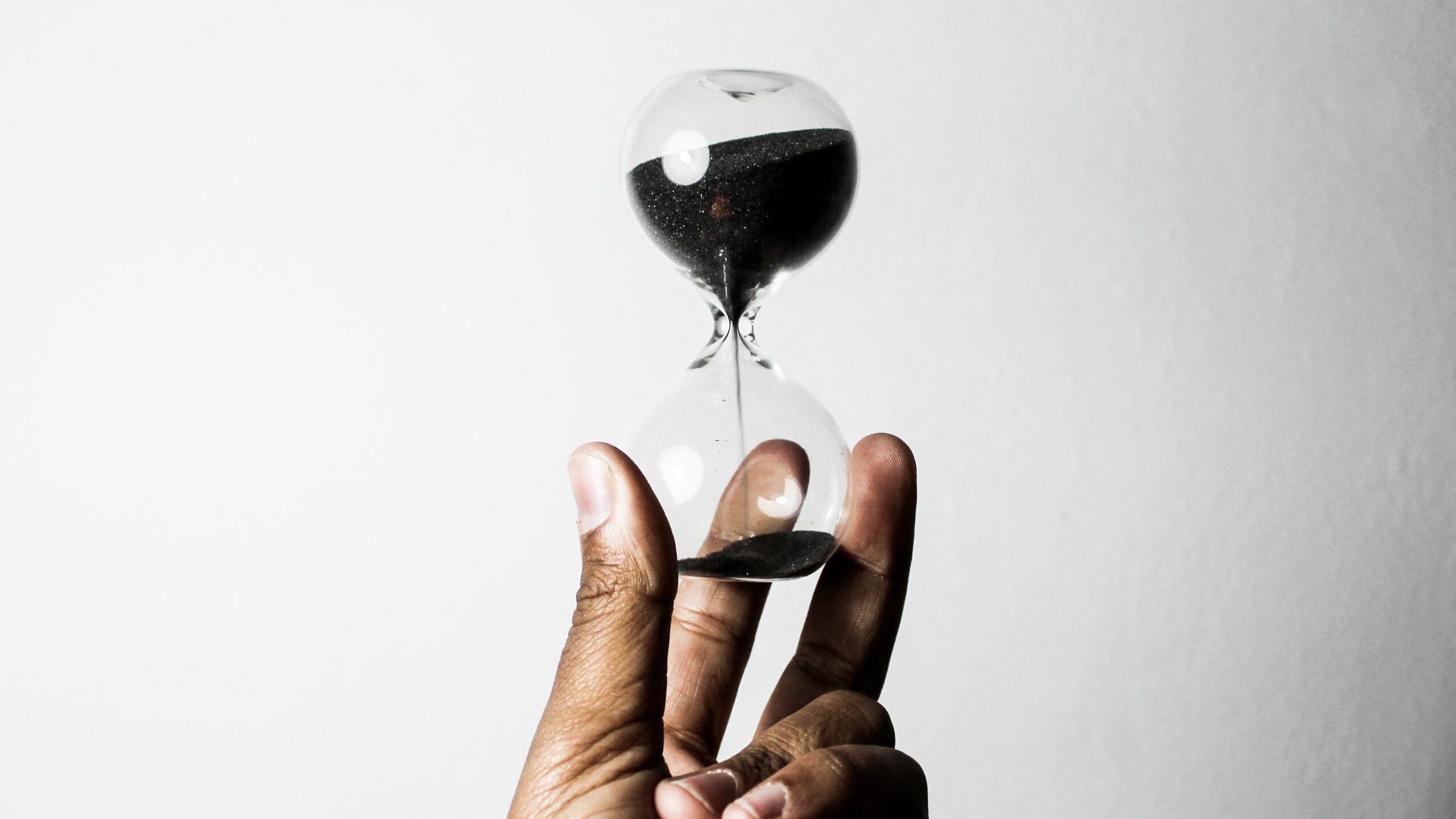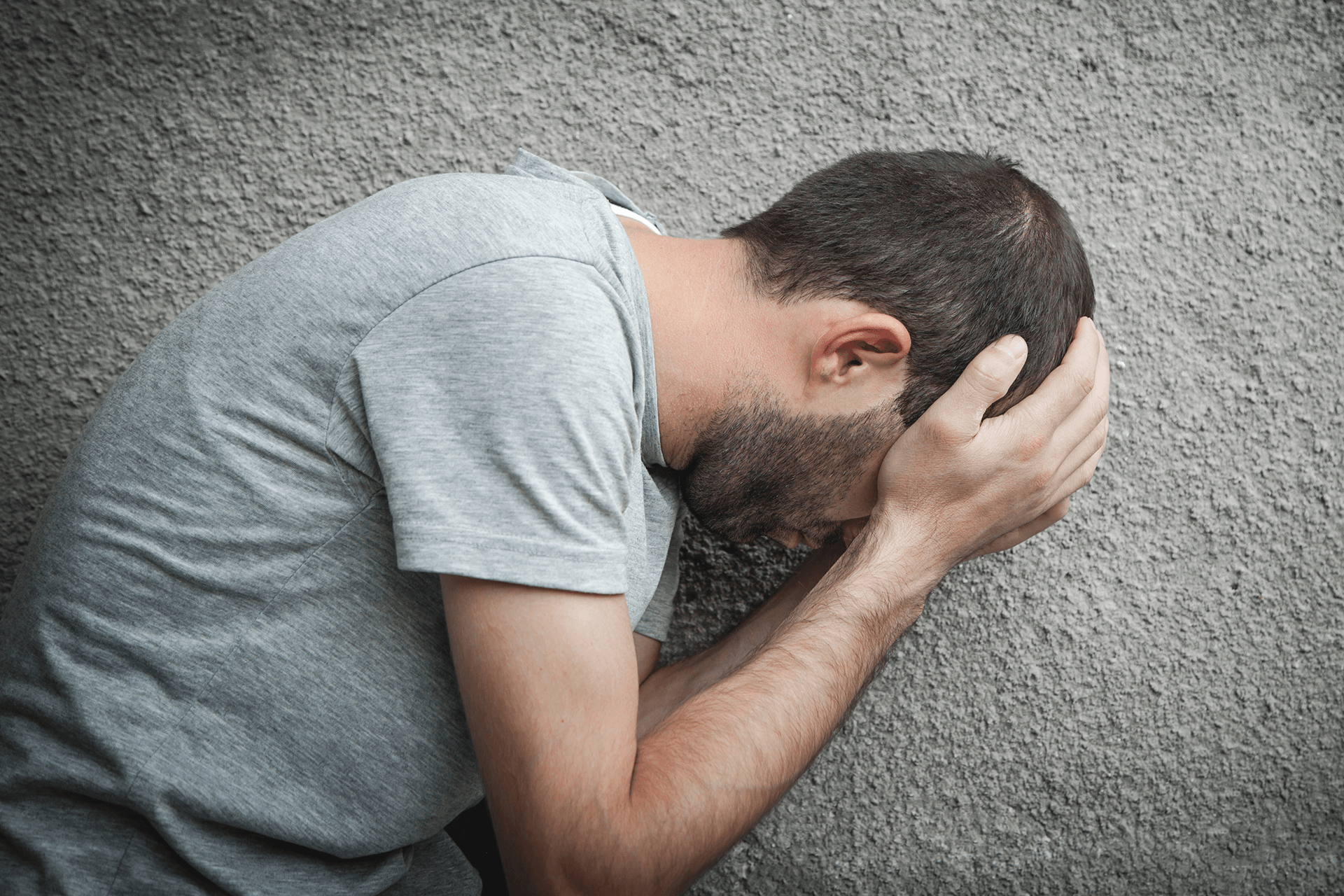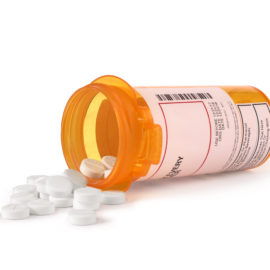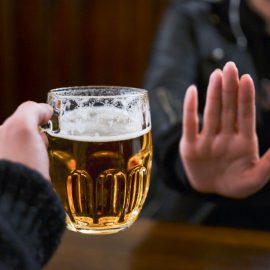Lean, also known as purple drank, lean drink, sizzurp, lean purple drank, and dirty sprite, is a combination of prescription cough medicines, soft drinks, and hard, fruit-flavored candy. The danger with lean lies in the presence of codeine (an addictive opioid) and promethazine (an antihistamine that triggers sedative effects when combined with opioids).
Young adults often make lean in social settings, but its excessive consumption can lead to hazardous consequences due to the powerful effects of codeine, which is an opiate drug commonly used as an analgesic or cough suppressant. That said, when consumed in large doses or for non-prescription purposes, it can be extremely harmful, and the inclusion of pleasant flavors from soda and candy can make it easy to lose track of the amount of lean consumed.
This guide aims to clear up the confusion about what is in lean, addressing the following key issues concerning lean abuse:
- What is lean drink?
- What is lean drug?
- What is purple drank?
- Is lean a drug?
- What is in lean drink?
- How is lean made?
- What is lean made out of?
- How can you get help for lean abuse in Southern California?
Is Lean Addictive?
Lean is highly addictive. Lean contains codeine, an opioid drug that can lead to physical and psychological dependence when used regularly and in high doses. Opioids like codeine bind to opioid receptors in the brain and spinal cord, producing euphoria, pain relief, and a sense of relaxation. These pleasurable effects can drive individuals to continue using lean, leading to the development of tolerance, where higher doses are needed to achieve the desired effects.
As tolerance builds, people may find themselves consuming larger amounts of lean, increasing the risk of overdose and other adverse effects. Additionally, prolonged use of lean can result in physical dependence, meaning the body becomes reliant on the drug to function normally. If a person suddenly stops using lean after developing physical dependence, they are likely to experience intensely unpleasant withdrawal symptoms upon discontinuation.
The combination of euphoria, tolerance, and physical dependence can create a powerful cycle of addiction, making it difficult for people to quit using lean without professional help. The intense cravings and withdrawal symptoms that occur when attempting to quit can be overwhelming, often prompting a cycle of continued use to avoid the discomfort of withdrawal.
Beyond this, lean is often glamorized in popular culture and can be easily accessible, especially among young people. This accessibility and the false perception that lean is harmless can contribute to the rapid development of addiction among users.
Comprehensive treatment programs that address both the physical and psychological aspects of addiction can significantly improve the chances of recovery and long-term sobriety. If you or someone you know is dealing with lean addiction, reaching out to healthcare professionals or addiction treatment centers can provide the necessary support and guidance on the road to recovery.

Side Effects of Drinking Lean
Lean derives its name from the characteristic effect it has on users, causing them to slouch or lean to one side as they consume the substance. Codeine, the main component of lean, shares similar effects with other addictive opioids like oxycodone and heroin.
The side effects of lean typically manifest within 30 to 45 minutes, but varying amounts of codeine in lean can shorten onset times. The peak effects occur 1 to 2 hours after ingestion and last for about 4 to 6 hours.
Lean can trigger many serious side effects. Slowed heart rate and breathing are among the most dangerous effects of lean due to codeine being an opioid. Respiratory depression, a decrease in heart rate, is a primary cause of fatal opioid overdose, as drugs like codeine can slow breathing. Adding alcohol or other drugs to lean can increase the risk of respiratory depression and overdose.
Seizures have also been associated with drinking lean, especially in those already at risk. This is attributed to lean’s opioid-like impact on the heart and lungs, potentially depriving the brain of oxygen and triggering seizures.
If someone is struggling with lean addiction, help is available and most treatment providers work with various health insurance carriers to provide support and assistance for everyone who needs help addressing substance use issues.
Drinking lean regularly can lead to dental decay, especially for those who do not take proper care of their teeth. The sugary mixture of cough syrup, soda, hard candy, and alcohol can be detrimental to oral health, and the use of opioids like codeine can cause dry mouth, fostering harmful bacteria that damage teeth and gums.
Another severe side effect of lean is the potential for hallucinations, where individuals experience sensations or perceptions that are not real. This can lead to risky behaviors and physical harm, including assault.
Opioids like codeine, even in small amounts, can impair vision, resulting in blurry vision, double vision (diplopia), or difficulty seeing in the dark. Such impairment increases the likelihood of accidental falls, injuries, and car accidents, which can be fatal.
Lean Withdrawal Symptoms
Lean withdrawal symptoms can be challenging and uncomfortable for those who have developed a dependence on the substance. Since lean contains codeine, an opioid, the withdrawal symptoms can be similar to those experienced when withdrawing from other opioids. Some common withdrawal symptoms associated with lean include:
- Nausea and vomiting: Individuals may experience persistent feelings of nausea and vomiting as their body adjusts to the absence of codeine.
- Muscle aches and pains: Muscle aches and pains are common during lean withdrawal, as the body craves the drug to relieve discomfort.
- Anxiety and restlessness: Feelings of anxiety and restlessness are frequent lean withdrawal symptoms, making it difficult for individuals to relax or find comfort.
- Insomnia: Withdrawal from lean can disrupt normal sleep patterns, leading to insomnia and difficulties falling asleep or staying asleep.
- Sweating and chills: Sweating and chills are common as the body attempts to regulate its temperature during withdrawal.
- Diarrhea and stomach cramps: Gastrointestinal disturbances, such as diarrhea and stomach cramps, are typical symptoms of lean withdrawal.
- Mood swings: Individuals may experience intense mood swings, ranging from irritability and agitation to feelings of depression.
- Fatigue: Withdrawal can leave individuals feeling fatigued and lacking energy, as their body undergoes significant adjustments.
- Strong cravings: The intense desire for lean can lead to strong cravings, making it challenging to resist the urge to use the substance.
- Dilated pupils: Pupils may appear larger than usual due to the effects of withdrawal on the body’s autonomic nervous system.
Lean withdrawal can be severe and potentially dangerous, especially for those with a long history of use or those who attempt to quit abruptly. Seeking professional medical help and entering a structured detox and rehabilitation program is highly recommended to safely manage lean withdrawal and increase the chances of successful recovery. Under the guidance of healthcare professionals, individuals can receive appropriate care and support to cope with withdrawal symptoms and work towards lasting sobriety.
FAQs
What is the key ingredient in lean?
The key ingredient in lean is a mixture of codeine and promethazine.
What does lean lead to?
Lean can lead to serious health effects, including respiratory depression, overdose, and, in some cases, death due to its highly addictive nature and the potential for harmful side effects.
What does lean stand for slang?
In slang, lean stands for a concoction called purple drank or sizzurp, which contains a mix of codeine and promethazine with other ingredients.

Get Treatment for Lean Addiction at Gratitude Lodge
At Gratitude Lodge in Southern California, we treat all types of addictions and mental health conditions. We have pet-friendly rehab centers dedicated to whole-body recovery located in Newport Beach and Long Beach, CA.
Our supervised medical detox program provides the safest and smoothest pathway to detox and ongoing recovery. When your system is purged of addictive substances, you can transition directly into a 30-day inpatient program.
All treatment programs draw from these interventions:
- MAT (medication-assisted treatment)
- Psychotherapy
- Group therapy
- Individual counseling
- Family therapy
- Holistic therapies
- Aftercare
To move from active addiction into ongoing recovery, place your trust in Gratitude Lodge. Call admissions at 800-994-2184.




























